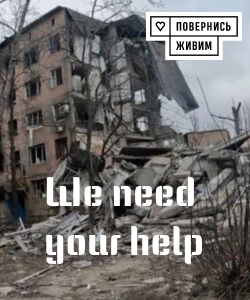Russia’s Oil Infrastructure Under Siege: Ukraine Launches Persistent Strikes in Oil Crisis

For over two years, Ukraine has been actively targeting Russia’s oil refining facilities and storage infrastructure in a deliberate effort to weaken Moscow’s energy capabilities amidst the ongoing conflict.
Recently, this campaign has intensified, with Ukrainian forces conducting a series of precise strikes on critical oil infrastructure across Russia.
In the past month alone, drones attacked vital oil facilities in Krasnodar and Sizran, causing significant disruptions.
According to Ukraine’s military leadership, these targets are strategic because they supply fuel to Russian military units, fundamentally impairing logistics and operational readiness.
Ukrainian officials estimate that by 2025, approximately 40% of the targets for long-range strikes will be Russian oil refineries.
The attacks focus on key assets such as storage depots, pipeline systems, and especially cracking plants — crucial units that convert crude oil into gasoline, diesel, and aircraft fuel.
The destruction of these facilities has led to the temporary shutdown of about 20% of Russia’s oil processing capacity, resulting in a daily loss of over one million barrels of gasoline and diesel.
The impact is already felt on the ground: shortages at gas stations, queues for fuel, and soaring prices — gasoline prices have surged by 54% since the start of the year, reaching record highs.
Russia has responded by suspending exports of gasoline, exacerbating domestic shortages and hurting the economy.
The country’s fiscal deficit ballooned to over 61 billion dollars in the first seven months of 2025, highlighting the economic toll.
Some regions have implemented fuel rationing measures.
Meanwhile, Ukraine’s increased drone production, particularly kamikaze-style UAVs capable of attacking in groups, enhances its ability to dampen Russian air defenses.
These swarms of drones threaten to deliver sustained blows to Russia’s oil infrastructure, especially during peak seasons of fuel demand, such as summer holidays and harvest periods, which could have profound effects on the Russian internal market.
Security experts warn that if the attack campaign continues at the current pace, Moscow may find it difficult to manage the crisis, despite some initial resilience.
Strategist Lawrence Friedman notes that while these strikes alone might not bring down the Russian economy, their combination with ongoing economic pressure and military setbacks could intensify the strain on Vladimir Putin’s regime.
In response, Russian business associations, including the Russian Union of Industrialists and Entrepreneurs, have appealed to President Putin for compensation mechanisms.
They propose subsidies covering 50% of the costs related to protective structures, surveillance systems, and equipment repairs, aiming to mitigate the economic damage inflicted by Ukrainian drone attacks.

